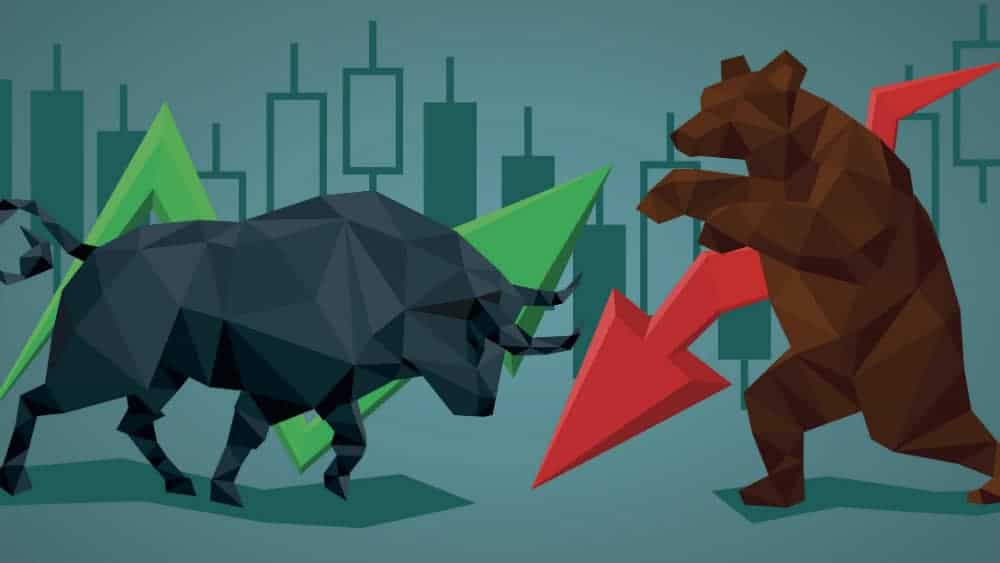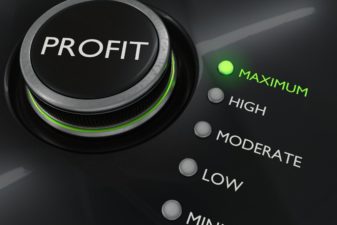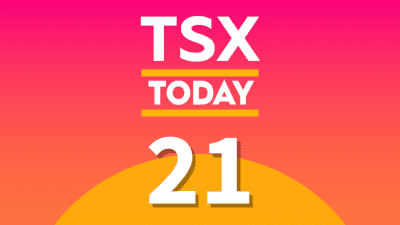Since the March stock market crash, investors have enjoyed a nice +30% relief rally. Optimism is back and the markets have loved it. While I have nothing against optimism, is there a danger that the markets could still plunge again?
Investment strategist James McDonald recently noted that markets appear very pricey compared to their true earnings potential. Fear-of-missing-out sentiment has driven stocks past their fair valuations. A bubble could be forming.
He believes that if history repeats itself, markets could still see reasonable downside from here. In a way, stock markets feel eerily similar to the way they did mid-February (super-optimistic, ignoring the pandemic risks), just before they crashed.
There are still some major risks that could cause the TSX to plunge from here. Here are a few observable ones.
Stock markets could crash while the virus remains uncontrolled
First, as long as the coronavirus remains uncontrolled, the markets could crash again. Countries are eager to get their economies back to normal. Although the curve is flattening across the world, a significant decline in COVID-19 cases has yet to occur. The virus still poses a large health and economic threat.
Anthony Fauci just warned yesterday that a hasty re-opening could seriously jeopardize efforts to suppress the coronavirus. Unfortunately, a plausible vaccine could still take years to fully deploy. As a consequence, our economic situation hangs perilously between another government mandated shutdown and/or a very different “new” way of life.
Too many bankruptcies are bad for the economy and markets
The second market crash risk revolves around this “new” way of life. Frankly, nobody really knows what the “new normal” will look like. The change in habits, lifestyle activities, and spending will cause some major economic casualties. We have already seen a few bankruptcies like J. Crew and Neiman Marcus; likely more will follow.
Some economic sectors will be permanently damaged. Unfortunately, most of these sectors involve small to medium-sized businesses that are the backbone of the economy.
These businesses include the restaurant that relies on weekend sports stadium traffic, the dry cleaner next to the office complex, and the local gym that is restricted from opening. This crisis could have a longer term trickle-down effect that none of us can really imagine yet.
Monetary and fiscal policy cannot support markets forever
The last risk concerns governments’ ability to subsidize economies forever. They can’t. As businesses permanently go out of business, people also lose permanent jobs. Governments simply can’t bail every business out. I am no economist, but permanent job losses mean less economic activity. Less economic activity means suppressed earnings on Bay Street and Wall Street. That can only increase the risk of a steady market decline or a market crash.
Here is my point: markets are pricing all sorts of optimistic upside for 2021 and beyond, but are they accounting for all sorts of downside risks, as well?
The stock market and the economy are not necessarily correlated. However, long-term corporate earnings growth relies on economic strength. Not everything is correlated, but everything is connected in some way or another.
How to prepare for another market crash
Considering these risks, here are some ways you can prepare your investment portfolio for another market crash.
First, keep some cash available. The world is uncertain and holding a higher allocation to cash never hurts.
Second, have a diversified portfolio. Diversify by asset class, geography, and by sector. Every sector/asset experiences this crisis in a different way, so a diversified portfolio is the best way to hedge your bets.
Third, have a strong foundation of best-in-class companies. They should have solid balance sheets, operational strength, pay dividends, and be market leaders. Brookfield Asset Management, Algonquin Power, Telus, Microsoft, American Tower, and Abbott Labs are all solid portfolio staples.
Lastly, be patient and prepared for another market plunge. Have your stock wish-list ready and take advantage when stocks trade at attractive valuations again. Invest for the long run; the world will recover and prosper, it just might take longer than we expect.
Stay Foolish and stay safe.










